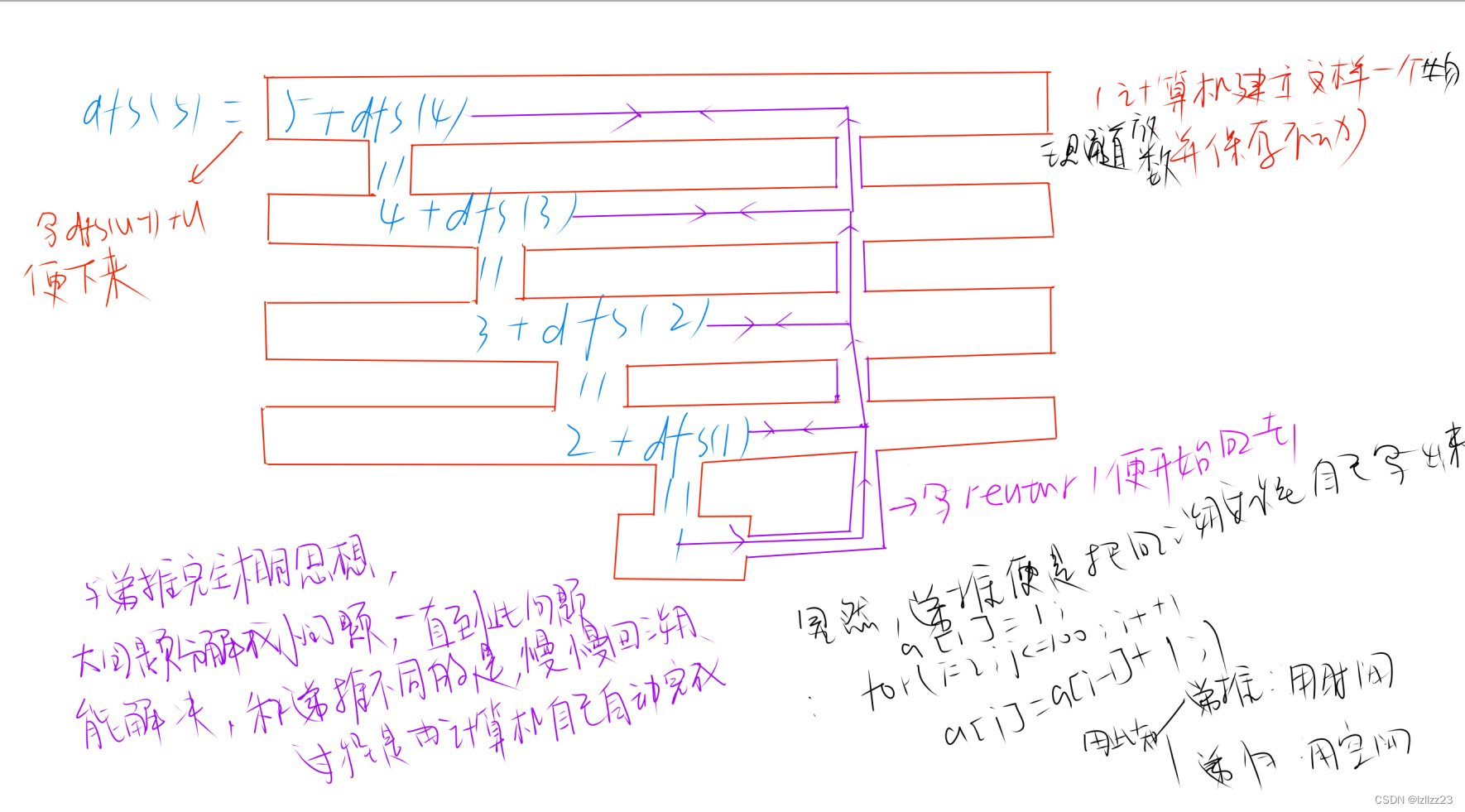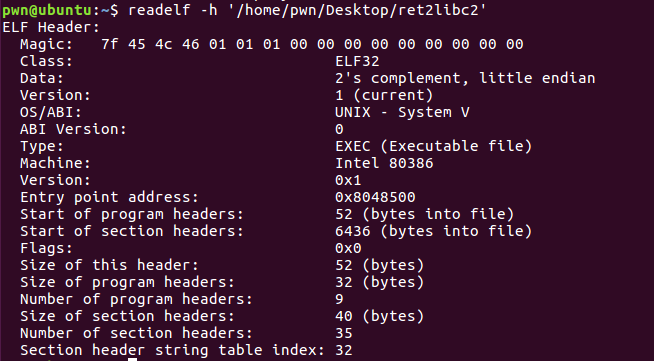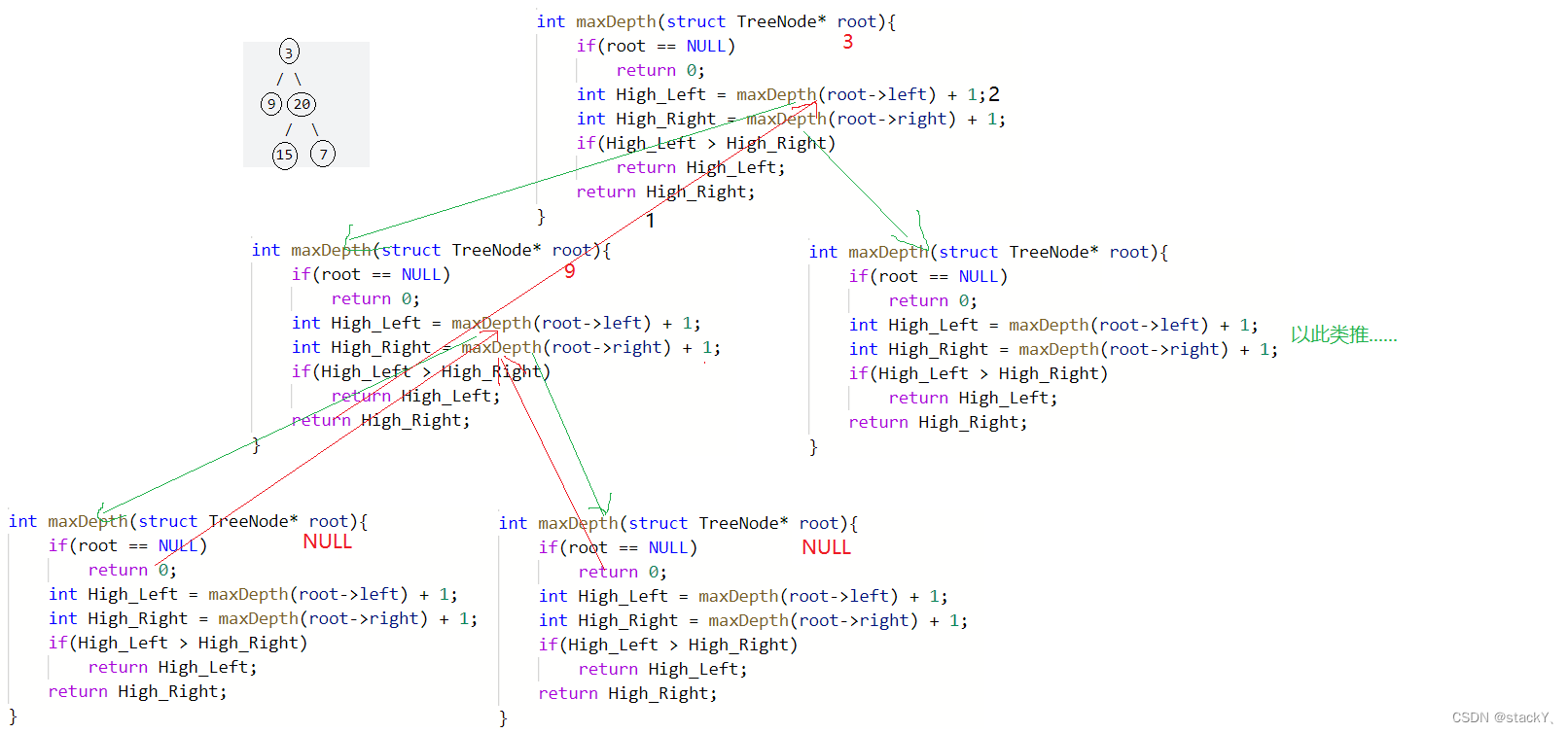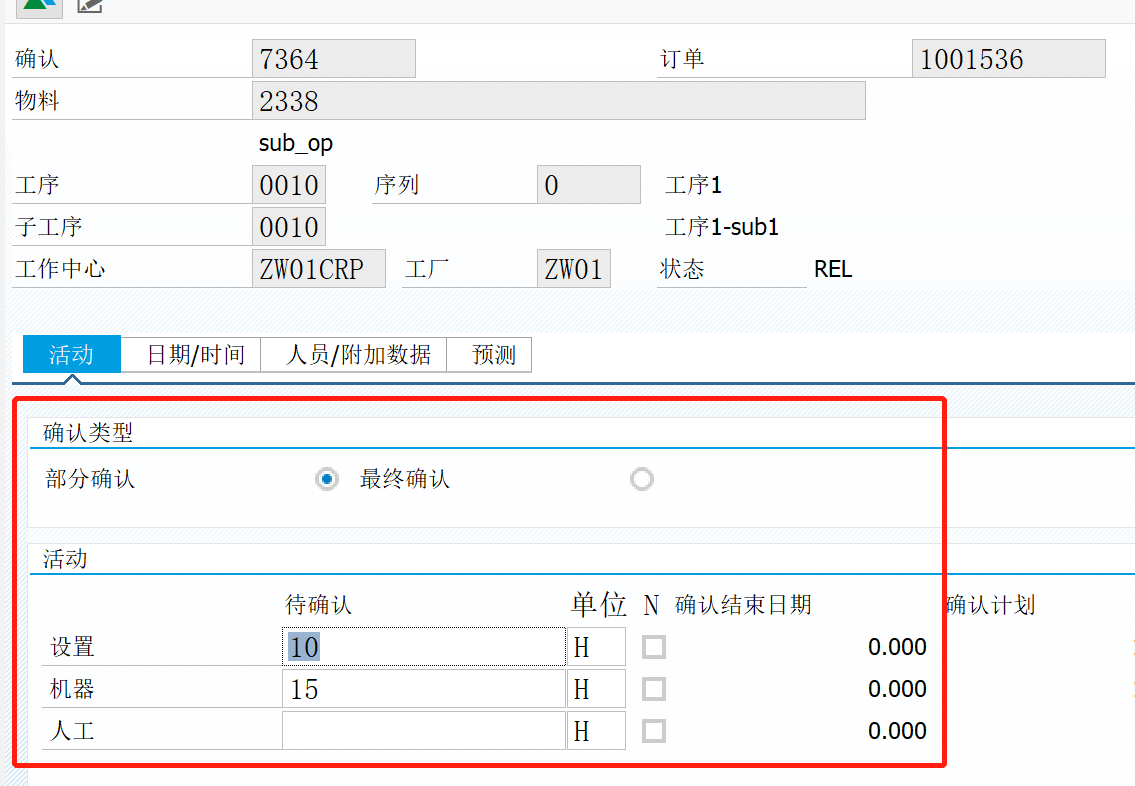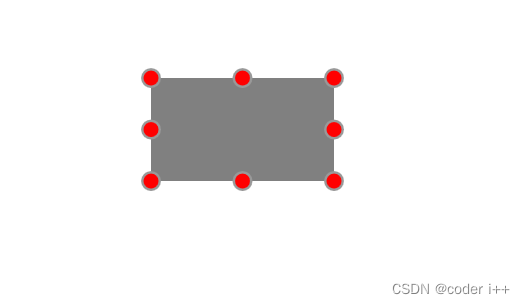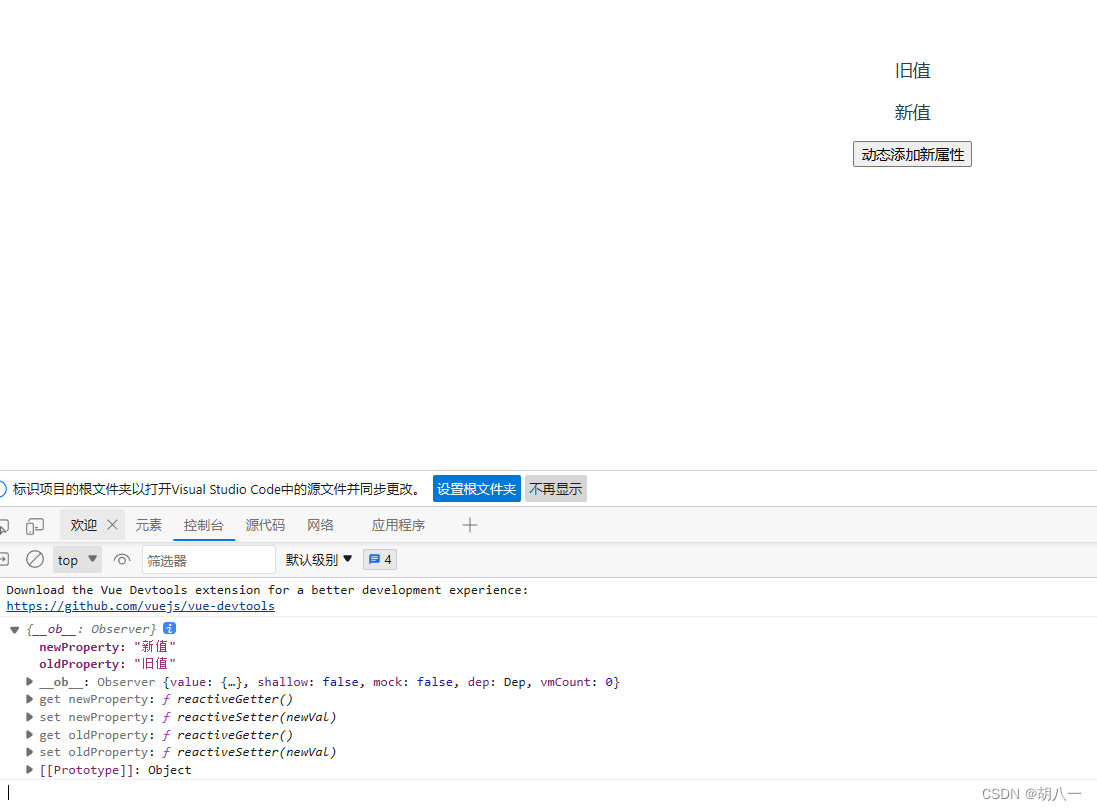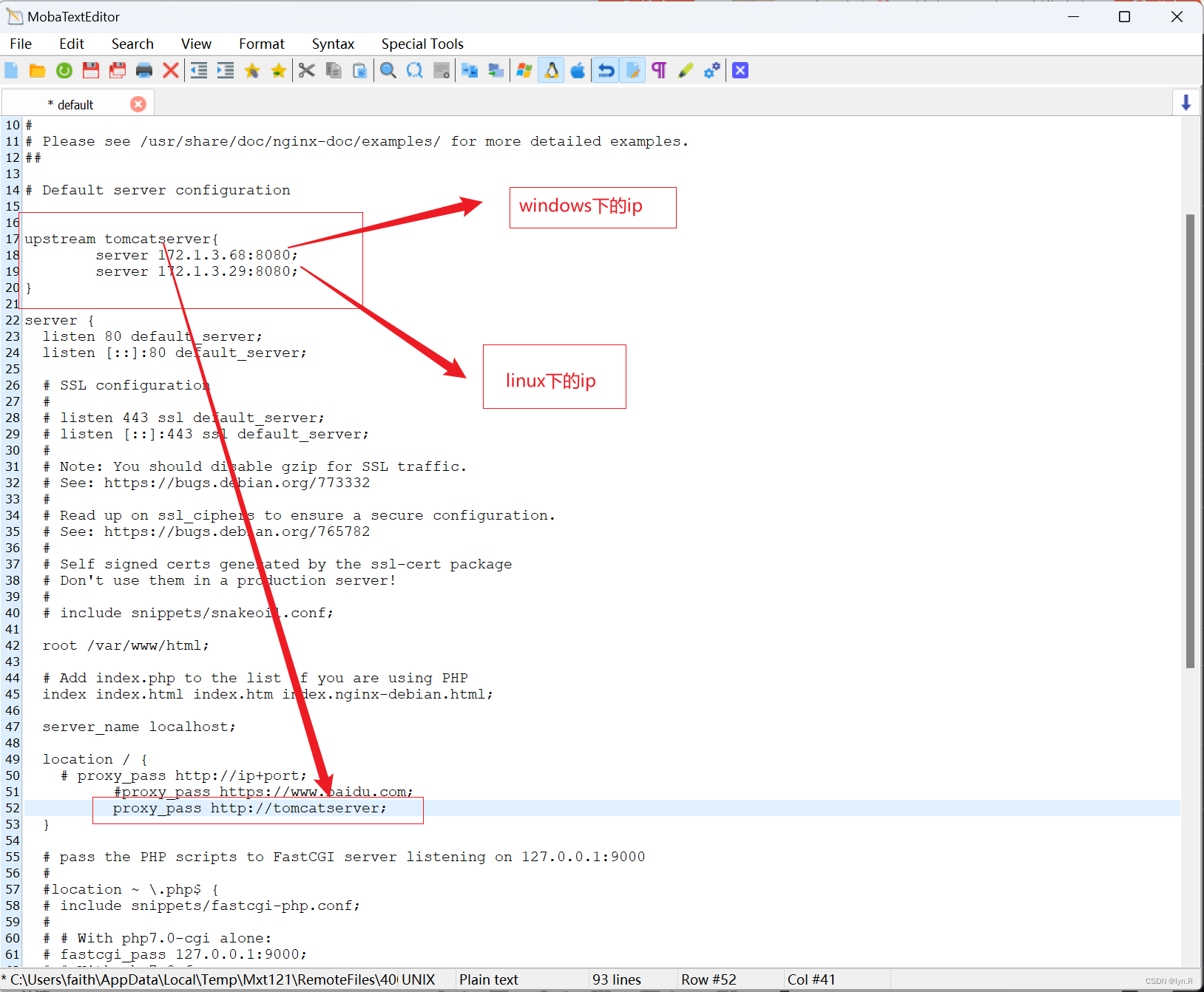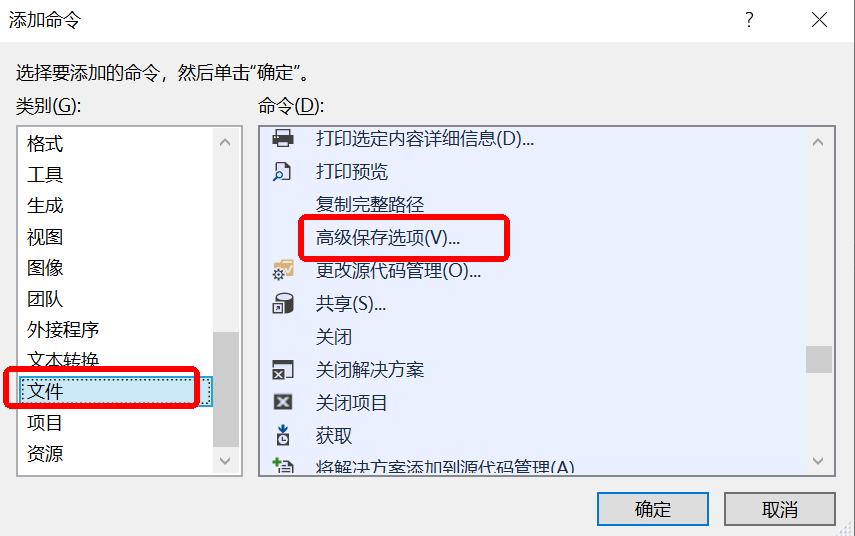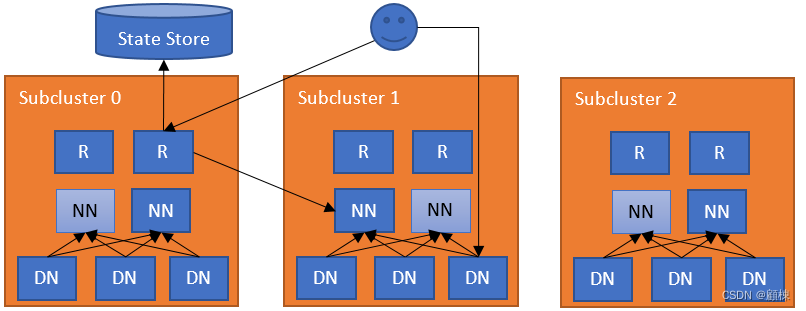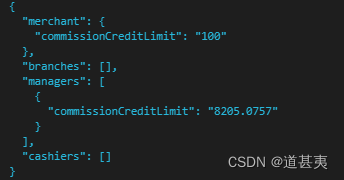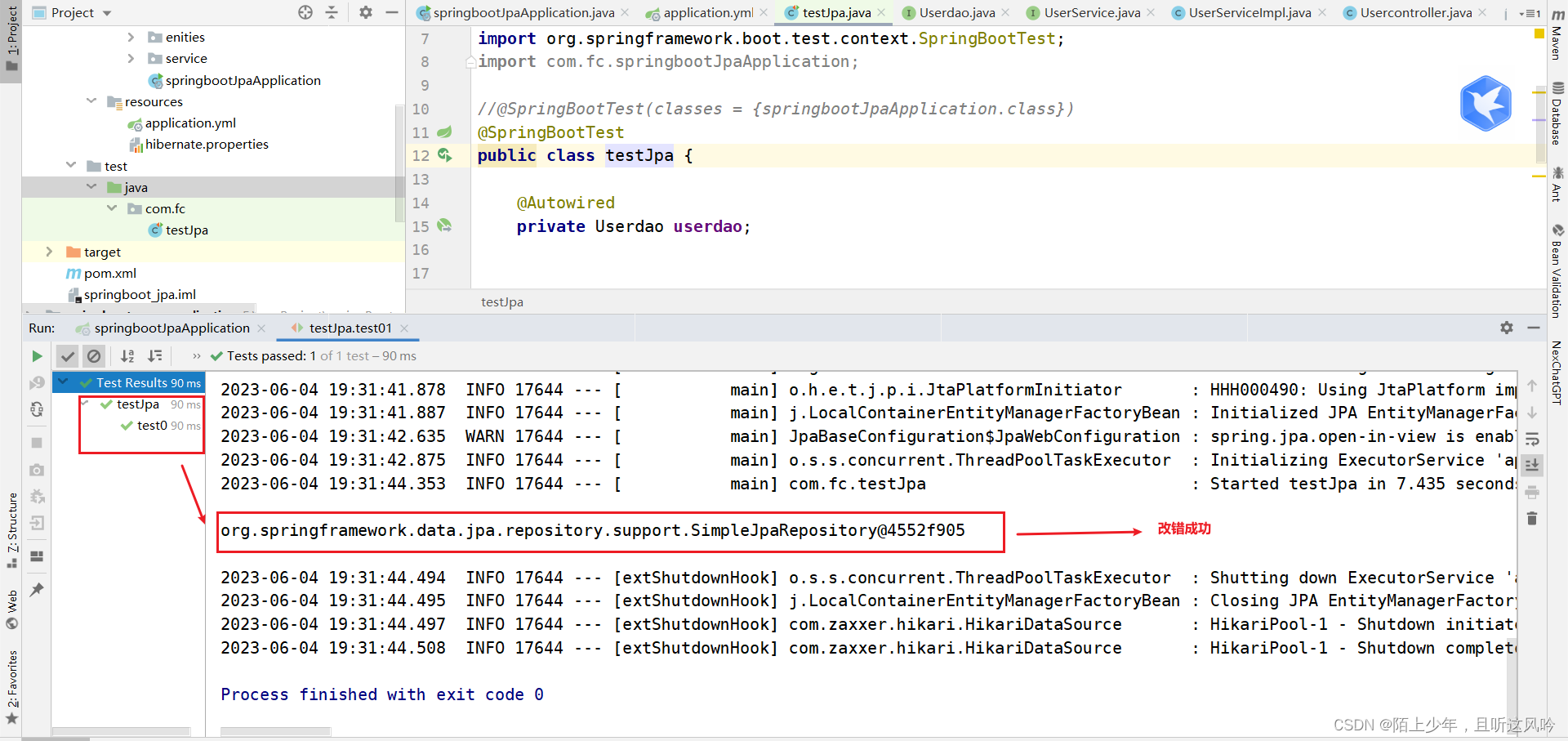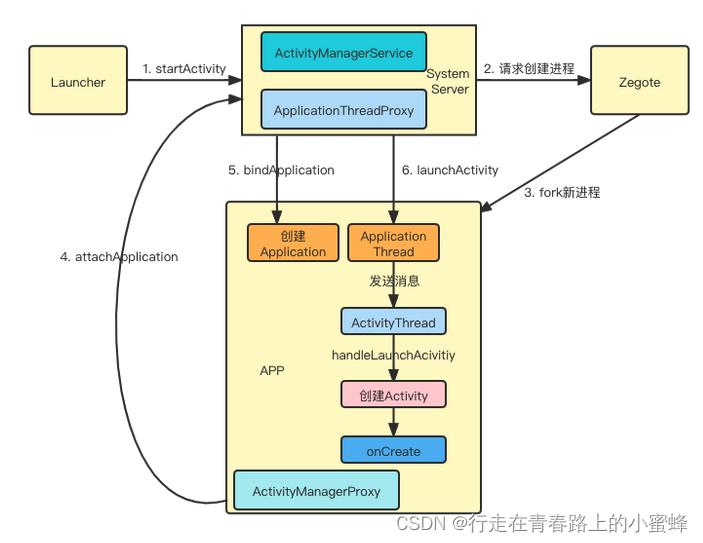网络程序还有一种需要处理的常用事件——定时事件。服务器程序通常管理着众多定时事件,因此如何有效地组织这些定时事件,使之能在预期的时间点被触发且不影响服务器的主要逻辑,对于服务器的性能有着至关重要的影响。为此,我们要将每个定时事件分别封装成定时器,并使用某种容器类数据结构,比如链表、 排序链表和时间轮,将所有定时器串联起来,以实现对定时事件的统一管理。本章主要讨论的就是两种高效的管理定时器的容器:时间轮和时间堆。
定时是指在一段时间之后触发某段代码的机制,我们可以在这段代码中依次处理所有到期的定时器,Linux提供了三种定时方法,他们分别是:
- socket选项SO_RCVTIMEO和SO_SNDTIMEO
- SIGALRM信号
- I/O复用系统调用的超时参数
socket选项SO_RCVTIMEO和SO_SNDTIMEO
socket选项SO_RCVTIMEO和SO_SNDTIMEO,它们分别用来设置socket接收数据超时时间和发送数据超时时间。在程序中,我们可以根据系统调用(send、 sendmsg、recv、recvmsg、accept和connect)的返回值以及errno来判断超时时间是否已到,进而决定是否开始处理定时任务,选项SO_RCVTIMEO和SO_SNDTIMEO对这些系统调用的影响如下所示:

下面以connect为例,说明程序中如何使用SO_SNDTIMEO选项来定时:
#include <sys/types.h>
#include <sys/socket.h>
#include <netinet/in.h>
#include <arpa/inet.h>
#include <stdlib.h>
#include <assert.h>
#include <stdio.h>
#include <errno.h>
#include <fcntl.h>
#include <unistd.h>
#include <string.h>
/*超时连接函数*/
int timeout_connect( const char* ip, int port, int time )
{
int ret = 0;
struct sockaddr_in address;
bzero( &address, sizeof( address ) );
address.sin_family = AF_INET;
inet_pton( AF_INET, ip, &address.sin_addr );
address.sin_port = htons( port );
int sockfd = socket( PF_INET, SOCK_STREAM, 0 );
assert( sockfd >= 0 );
/*通过选项SO_RCVTIMEO和SO_SNDTIMEO所设置的超时时间的类型是timeval,
这和select系统调用的超时参数类型相同*/
struct timeval timeout;
timeout.tv_sec = time;
timeout.tv_usec = 0;
socklen_t len = sizeof( timeout );
//设置套接字属性: 通用套接字 发送超时
ret = setsockopt( sockfd, SOL_SOCKET, SO_SNDTIMEO, &timeout, len );
assert( ret != -1 );
ret = connect( sockfd, ( struct sockaddr* )&address, sizeof( address ) );
if ( ret == -1 )
{ /*超时对应的错误号是EINPROGRESS。
下面这个条件如果成立,我们就可以处理定时任务了*/
if( errno == EINPROGRESS )
{
printf( "connecting timeout\n" );
return -1;
}
printf( "error occur when connecting to server\n" );
return -1;
}
return sockfd;
}
int main( int argc, char* argv[] )
{
if( argc <= 2 )
{
printf( "usage: %s ip_address port_number\n", basename( argv[0] ) );
return 1;
}
const char* ip = argv[1];
int port = atoi( argv[2] );
int sockfd = timeout_connect( ip, port, 10 );
if ( sockfd < 0 )
{
return 1;
}
return 0;
}
SIGALRM信号
由alarm和setitimer函数设置的实时闹钟一旦超时,将触发SIGALRM信号。因此,可以利用该信号的信号处理函数来处理定时任务。但是,如果要处理多个定时任务,就需要不断地触发 SIGALRM信号,并在其信号处理函数中执行到期的任务。一般而言, SIGALRM信号按照固定的频率生成,即由alarm或setitimer函数设置的定时周期T保持不变。如果某个定时任务的超时时间不是T的整数倍, 那么它实际被执行的时间和预期的时间将略有偏差。因此定时周期T反映了定时的精度。
先给出一种简单的定时器实现 ——基于升序链表的定时器
定时器通常至少要包含两个成员:一个超时时间(相对时间或者绝对时间)和一个任务回调函数。有的时候还可能包含回调函数被执行时需要传入的参数,以及是否重启定时器等信息。如果使用链表作为容器来串联所有的定时器,则每个定时器还要包含指向下一个定时器的指针成员。进一步,如果链表是双向的,则每个定时器还需要包含指向前一个定时器的指针成员。
下面代码实现了一个简单的升序定时器链表。升序定时器链表将其中的定时器按照超时时间做升序排序。
#ifndef LST_TIMER
#define LST_TIMER
#include <time.h>
#define BUFFER_SIZE 64
class util_timer;/*前向声明*/
/*用户数据结构:客户端socket地址、socket文件描述符、读缓存和定时器*/
struct client_data
{
sockaddr_in address;
int sockfd;
char buf[ BUFFER_SIZE ];
util_timer* timer;
};
/*定时器类*/
class util_timer
{
public:
util_timer() : prev( NULL ), next( NULL ){}//构造函数
public:
time_t expire; /*任务的超时时间,这里使用绝对时间*/
void (*cb_func)( client_data* );/*任务回调函数*/
/*回调函数处理的客户数据,由定时器的执行者传递给回调函数*/
client_data* user_data;
util_timer* prev;//指向前一个定时器
util_timer* next;//指向下一个定时器
};
/*定时器链表,他是一个升序,双向链表,且带有头节点和尾结点*/
class sort_timer_lst
{
public:
sort_timer_lst() : head( NULL ), tail( NULL ) {}
/*链表被销毁时,删除其中所有的定时器*/
~sort_timer_lst()
{
util_timer* tmp = head;
while( tmp )
{
head = tmp->next;
delete tmp;
tmp = head;
}
}
/*将目标定时器timer添加到链表中*/
void add_timer( util_timer* timer )
{
if( !timer )
{
return;
}
if( !head )
{
head = tail = timer;
return;
}
/*如果目标定时器的超时时间小于当前链表中所有定时器的超时时间,则把该定时器插入
链表头部,作为链表新的头节点。否则就需要调用重载函数add_timer(util_timer*timer,util_timer*lst_head),
把它插入链表中合适的位置,以保证链表的升序特性*/
if( timer->expire < head->expire )
{
timer->next = head;
head->prev = timer;
head = timer;
return;
}
add_timer( timer, head );
}
/*当某个定时任务发生变化时,调整对应的定时器在链表中的位置。
这个函数只考虑被调整的定时器的超时时间延长的情况,即该定时器需要往链表的尾部移动*/
void adjust_timer( util_timer* timer )
{
if( !timer )
{
return;
}
util_timer* tmp = timer->next;
/*如果被调整的目标定时器处在链表尾部,或者该定时器新的超时值仍然小于其下一个
定时器的超时值,则不用调整*/
if( !tmp || ( timer->expire < tmp->expire ) )
{
return;
}
/*如果目标定时器是链表的头节点,则将该定时器从链表中取出并重新插入链表*/
if( timer == head )
{
head = head->next;
head->prev = NULL;
timer->next = NULL;
add_timer( timer, head );
}
/*如果目标定时器不是链表的头节点,则将该定时器从链表中取出,
然后插入其原来所在位置之后的部分链表中*/
else
{
timer->prev->next = timer->next;
timer->next->prev = timer->prev;
add_timer( timer, timer->next );
}
}
/*将目标定时器timer从链表中删除*/
void del_timer( util_timer* timer )
{
if( !timer )
{
return;
}
/*下面这个条件成立表示链表中只有一个定时器,即目标定时器*/
if( ( timer == head ) && ( timer == tail ) )
{
delete timer;
head = NULL;
tail = NULL;
return;
}
/*如果链表中至少有两个定时器,且目标定时器是链表的头结点,
则将链表的头结点重置为原头节点的下一个节点,然后删除目标定时器*/
if( timer == head )
{
head = head->next;
head->prev = NULL;
delete timer;
return;
}
/*如果链表中至少有两个定时器,且目标定时器是链表的尾结点,
则将链表的尾结点重置为原尾节点的前一个节点,然后删除目标定时器*/
if( timer == tail )
{
tail = tail->prev;
tail->next = NULL;
delete timer;
return;
}
/*如果目标定时器位于链表的中间,则把它前后的定时器串联起来,然后删除目标定时器*/
timer->prev->next = timer->next;
timer->next->prev = timer->prev;
delete timer;
}
/*SIGALRM信号每次被触发就在其信号处理函数(如果使用统一事件源,则是主函数)中
执行一次tick函数,以处理链表上到期的任务*/
void tick()
{
if( !head )
{
return;
}
printf( "timer tick\n" );
time_t cur = time( NULL );/*获得系统当前时间*/
util_timer* tmp = head;
/*从头结点开始依次处理每个定时器,直到遇到一个尚未到期的定时器,这就是定时器的核心逻辑*/
while( tmp )
{/*因为每个定时器都使用绝对时间作为超时值,所以我们可以把定时器的超时值和系统当
前时间,比较以判断定时器是否到期*/
if( cur < tmp->expire )
{
break;
}
/*调用定时器的回调函数,以执行定时任务*/
tmp->cb_func( tmp->user_data );
/*执行完定时器中的定时任务之后,就将它从链表中删除,并重置链表头结点*/
head = tmp->next;
if( head )
{
head->prev = NULL;
}
delete tmp;
tmp = head;
}
}
private:
/*一个重载的辅助函数,它被公有的add_timer函数和adjust_timer函数调用。该函
数表示将目标定时器timer添加到节点lst_head之后的部分链表中*/
void add_timer( util_timer* timer, util_timer* lst_head )
{
util_timer* prev = lst_head;
util_timer* tmp = prev->next;
/*遍历lst_head节点之后的部分链表,直到找到一个超时时间大于目标定时器的超时时
间的节点,并将目标定时器插入该节点之前*/
while( tmp )
{
if( timer->expire < tmp->expire )
{
prev->next = timer;
timer->next = tmp;
tmp->prev = timer;
timer->prev = prev;
break;
}
prev = tmp;
tmp = tmp->next;
}
/*如果遍历完lst_head节点之后的部分链表,仍未找到超时时间大于目标定时器的超时
时间的节点,则将目标定时器插入链表尾部,并把它设置为链表新的尾节点*/
if( !tmp )
{
prev->next = timer;
timer->prev = prev;
timer->next = NULL;
tail = timer;
}
}
private:
util_timer* head;
util_timer* tail;
};
#endif
其核心函数tick相当于一个心搏函数,它每隔一段固定的时间就执行一次,以检测并处理到期的任务。判断定时任务到期的依据是定时器的expire值小于当前的系统时间。
处理非活动连接
现在考虑上述升序定时器链表的实际应用——处理非活动连接。服务器程序通常要定期处理非活动连接:给客户端发一个重连请求,或者关闭该连接,或者其他。Linux在内核中提供了对连接是否处于活动状态的定期检查机制,我们可以通过socket选项KEEPALIVE来激活它。不过使用这种方式将使得应用程序对连接的管理变得复杂。因此,我们可以考虑在应用层实现类似于KEEPALIVE的机制,以管理所有长时间处于非活动状态的连接。比如,下面代码清单利用alarm函数周期性地触发SIGALRM信号,该信号的信号处理函数利用管道通知主循环执行定时器链表上的定时任务——关闭非活动的连接。
#include <sys/types.h>
#include <sys/socket.h>
#include <netinet/in.h>
#include <arpa/inet.h>
#include <assert.h>
#include <stdio.h>
#include <signal.h>
#include <unistd.h>
#include <errno.h>
#include <string.h>
#include <fcntl.h>
#include <stdlib.h>
#include <sys/epoll.h>
#include <pthread.h>
#include "lst_timer.h"
#define FD_LIMIT 65535
#define MAX_EVENT_NUMBER 1024
#define TIMESLOT 5
static int pipefd[2];
static sort_timer_lst timer_lst;
static int epollfd = 0;
/*利用上一个代码中的升序链表来管理定时器*/
int setnonblocking( int fd )
{
int old_option = fcntl( fd, F_GETFL );
int new_option = old_option | O_NONBLOCK;
fcntl( fd, F_SETFL, new_option );
return old_option;
}
void addfd( int epollfd, int fd )
{
epoll_event event;
event.data.fd = fd;
event.events = EPOLLIN | EPOLLET;
epoll_ctl( epollfd, EPOLL_CTL_ADD, fd, &event );
setnonblocking( fd );
}
void sig_handler( int sig )
{
int save_errno = errno;
int msg = sig;
send( pipefd[1], ( char* )&msg, 1, 0 );
errno = save_errno;
}
void addsig( int sig )
{
struct sigaction sa;
memset( &sa, '\0', sizeof( sa ) );
sa.sa_handler = sig_handler;
sa.sa_flags |= SA_RESTART;
sigfillset( &sa.sa_mask );
assert( sigaction( sig, &sa, NULL ) != -1 );
}
void timer_handler()
{
/*定时处理任务,实际上就是调用tick函数*/
timer_lst.tick();
/*因为一次alarm调用只会引起一次SIGALRM信号,所以我们要重新定时,以不断触发SIGALRM信号*/
alarm( TIMESLOT );
}
/*定时器回调函数,它删除非活动连接socket上的注册事件,并关闭之*/
void cb_func( client_data* user_data )
{
epoll_ctl( epollfd, EPOLL_CTL_DEL, user_data->sockfd, 0 );
assert( user_data );
close( user_data->sockfd );
printf( "close fd %d\n", user_data->sockfd );
}
int main( int argc, char* argv[] )
{
if( argc <= 2 )
{
printf( "usage: %s ip_address port_number\n", basename( argv[0] ) );
return 1;
}
const char* ip = argv[1];
int port = atoi( argv[2] );
int ret = 0;
struct sockaddr_in address;
bzero( &address, sizeof( address ) );
address.sin_family = AF_INET;
inet_pton( AF_INET, ip, &address.sin_addr );
address.sin_port = htons( port );
int listenfd = socket( PF_INET, SOCK_STREAM, 0 );
assert( listenfd >= 0 );
ret = bind( listenfd, ( struct sockaddr* )&address, sizeof( address ) );
assert( ret != -1 );
ret = listen( listenfd, 5 );
assert( ret != -1 );
epoll_event events[ MAX_EVENT_NUMBER ];
int epollfd = epoll_create( 5 );
assert( epollfd != -1 );
addfd( epollfd, listenfd );
ret = socketpair( PF_UNIX, SOCK_STREAM, 0, pipefd );
assert( ret != -1 );
setnonblocking( pipefd[1] );
addfd( epollfd, pipefd[0] );
// 设置信号处理函数
addsig( SIGALRM );
addsig( SIGTERM );
bool stop_server = false;
client_data* users = new client_data[FD_LIMIT];
bool timeout = false;
alarm( TIMESLOT );/*定时*/
while( !stop_server )
{
int number = epoll_wait( epollfd, events, MAX_EVENT_NUMBER, -1 );
if ( ( number < 0 ) && ( errno != EINTR ) )
{
printf( "epoll failure\n" );
break;
}
for ( int i = 0; i < number; i++ )
{
int sockfd = events[i].data.fd;
/*处理新到的客户链接*/
if( sockfd == listenfd )
{
struct sockaddr_in client_address;
socklen_t client_addrlength = sizeof( client_address );
int connfd = accept( listenfd, ( struct sockaddr* )&client_address, &client_addrlength );
addfd( epollfd, connfd );
users[connfd].address = client_address;
users[connfd].sockfd = connfd;
/*创建定时器,设置其回调函数与超时时间,然后绑定定时器与用户数据,
最后将定时器添加到链表timer_lst中*/
util_timer* timer = new util_timer;
timer->user_data = &users[connfd];
timer->cb_func = cb_func;
time_t cur = time( NULL );
timer->expire = cur + 3 * TIMESLOT;
users[connfd].timer = timer;
timer_lst.add_timer( timer );
}
/*处理信号*/
else if( ( sockfd == pipefd[0] ) && ( events[i].events & EPOLLIN ) )
{
int sig;
char signals[1024];
ret = recv( pipefd[0], signals, sizeof( signals ), 0 );
if( ret == -1 )
{
// handle the error
continue;
}
else if( ret == 0 )
{
continue;
}
else
{
for( int i = 0; i < ret; ++i )
{
switch( signals[i] )
{
case SIGALRM:
{
/*用timeout变量标记有定时任务需要处理,但不立即处理定时任务。
这是因为定时任务的优先级不是很高,我们优先处理其他更重要的任务*/
timeout = true;
break;
}
case SIGTERM:
{
stop_server = true;
}
}
}
}
}
/*处理客户连接上接收到的数据*/
else if( events[i].events & EPOLLIN )
{
memset( users[sockfd].buf, '\0', BUFFER_SIZE );
ret = recv( sockfd, users[sockfd].buf, BUFFER_SIZE-1, 0 );
printf( "get %d bytes of client data %s from %d\n", ret, users[sockfd].buf, sockfd );
util_timer* timer = users[sockfd].timer;
if( ret < 0 )
{/*如果发生读错误,则关闭连接,并移除其对应的定时器*/
if( errno != EAGAIN )
{
cb_func( &users[sockfd] );
if( timer )
{
timer_lst.del_timer( timer );
}
}
}
else if( ret == 0 )
{/*如果对方已经关闭连接,则我们也关闭连接,并移除对应的定时器*/
cb_func( &users[sockfd] );
if( timer )
{
timer_lst.del_timer( timer );
}
}
else
{
/*如果某个客户连接上有数据可读,则我们要调整该连接对应的定时器,
以延迟该连接被关闭的时间*/
if( timer )
{
time_t cur = time( NULL );
timer->expire = cur + 3 * TIMESLOT;
printf( "adjust timer once\n" );
timer_lst.adjust_timer( timer );
}
}
}
else
{
// others
}
}
/*最后处理定时事件,因为I/O事件有更高的优先级。
当然,这样做将导致定时任务不能精确地按照预期的时间执行*/
if( timeout )
{
timer_handler();
timeout = false;
}
}
close( listenfd );
close( pipefd[1] );
close( pipefd[0] );
delete [] users;
return 0;
}
I/O复用系统调用的超时参数
·Linux下的3组I/O复用系统调用都带有超时参数,因此它们不仅能统一处理信号和I/O事件,也能统一处理定时事件。但是由于I/O复用系统调用可能在超时时间到期之前就返回,所以如果我们要利用它们来定时,就需要不断更新定时参数以反映剩余的时间, 如下面代码所示:
#define TIMEOUT 5000
int timeout=TIMEOUT;
time_t start=time(NULL);
time_t end=time(NULL);
while(1)
{
printf("the timeout is now%d mil-seconds\n",timeout);
start=time(NULL);
int number=epoll_wait(epollfd,events,MAX_EVENT_NUMBER,timeout);
if((number<0)&&(errno!=EINTR))
{
printf("epoll failure\n");
break;
}
/*如果epoll_wait成功返回0,则说明超时时间到,此时便可处理定时任务,并重置定时时间*/
if(number==0)
{
timeout=TIMEOUT;
continue;
}
end=time(NULL);
/*如果epoll_wait的返回值大于0,则本次epoll_wait调用持续的时间是(endstart)*1000 ms,我们需要将定时时间timeout减去这段时间,以获得下次epoll_wait调用的超时参数*/
timeout-=(end-start)*1000;
/*重新计算之后的timeout值有可能等于0,说明本次epoll_wait调用返回时,不仅有文件描述符就绪,而且其超时时间也刚好到达,此时我们也要处理定时任务,并重置定时时间*/
if(timeout<=0)
{
timeout=TIMEOUT;
}
//handle connections
}
高性能定时器
时间轮与时间堆。详细介绍建议看pdf介绍。
